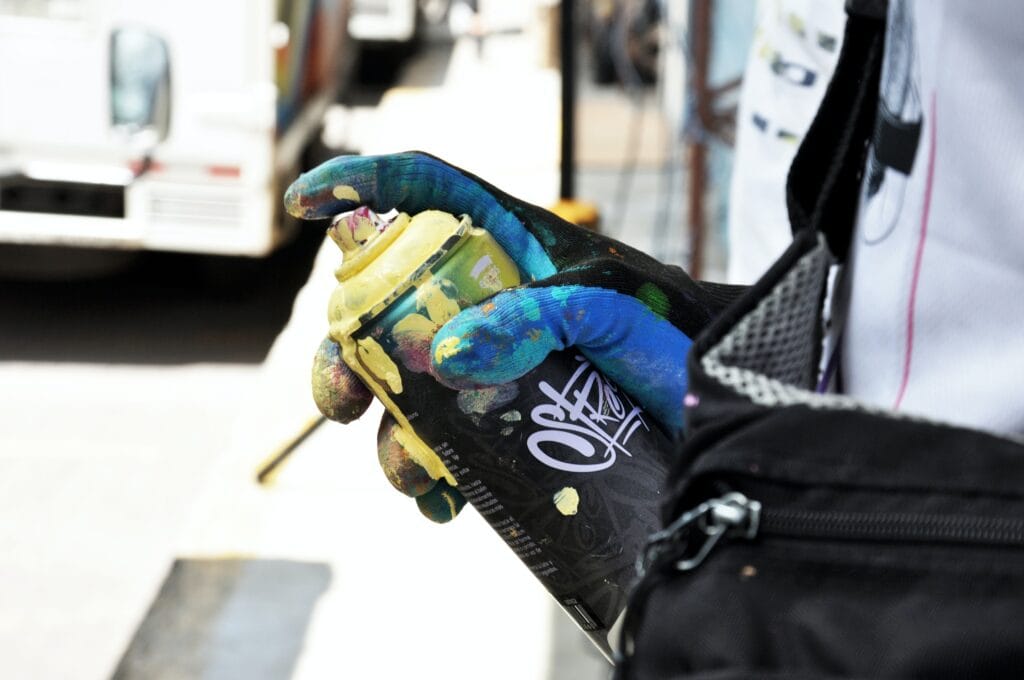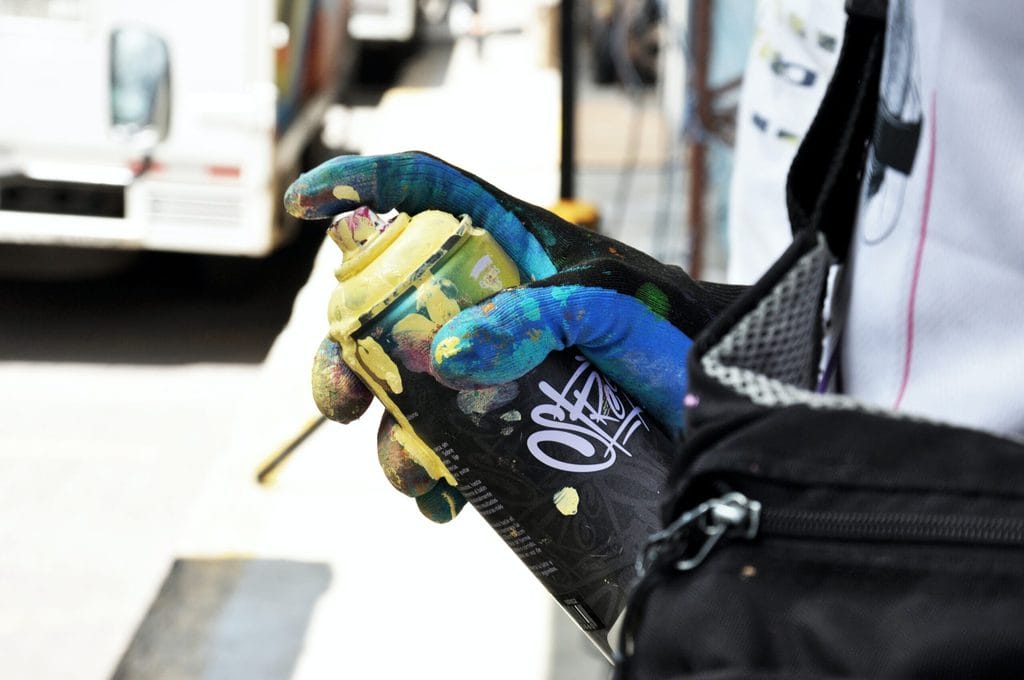
You may be wondering, how long does it take spray paint to dry? Your project is due in just a few days and your only task left is painting. You have decided to use spray paint. However, you have a problem. It must have several layers to get the desired effect, and you have a limited amount of time. Now you wonder if you can get it done. There are several factors that can change dry time but generally, spray paint will be dry to touch in 1 to 2 hours. It will be fully dry in 24 hours. Be sure to avoid excess paint becuase this will increase dry time.
Spray painting is one of the easiest and most effective ways to put the finishing touches on any project. However, it presents challenges that are different from what you may find when using a paintbrush. These problems include knowing when it is dry.
The Factors
Determining the amount of time it takes for spray paint to dry depends on several factors. There are malleable factors. Yet others are constant. Here are the conditions you need to take into consideration when looking to answer the question of how long does spray paint take to dry.
Weather
As with most liquids, the temperature and humidity play a large factor in how long it takes spray paint to dry. The ideal temperature range for spray painting is between 65 and 85 degrees Fahrenheit. Spray painting in this range will allow the top surface to dry within five minutes.
Humidity also plays a factor. The more significant amount of moisture in the air, the longer it will take for the paint to dry. Even if it is higher on the temperature scale, there must be more time allocated for drying.
Cold Weather
When painting conditions are ideal, you can safely apply another coat after about four hours. However, when the weather dips below 65 degrees, two additional hours are required to reach the same dryness level.
The Number of Layers
Projects that require more layers of spray paint will also require more time to dry. On projects requiring multiple layers, cover the surface area with light coats. Not only will this method require less time to dry, but it will also avoid runs.
The time between the application of layers also plays a factor. Although the surface of a layer of paint will feel dry to the touch within a few minutes, it is not completely dry. Even in a single coat, the paint beneath it takes longer to dry as it is not in direct contact with the elements.
The Surface
The type of surface painted will affect how long it takes for it to dry. Spray paint applied to metal dries at a faster rate than it does on wood. Unlike would, metal is not porous. Paint absorbs into the wood, requiring a heavier coat to get the same effect.
Other porous surfaces, such as foam, will increase the required drying time, as, like wood, they will absorb much of the paint. Other challenging surfaces include drywall and concrete. The surface will determine the answer to the question how long does spray paint take to dry.
The Type of Paint
As with most products, different spray paint brands can have varying capabilities that can change the length of time it takes to dry. Also, alkyd-based and oil-based paints have different drying times. It is crucial to read about the characteristics before starting a project.
Stages of Dryings
Although spray paint may feel dry to the touch, it does not mean it is completely dry. Nor does it mean it is ready for additional layers to be applied. Spray paint dries in stages. Below are the various stages it goes through during the drying process.
First Stage
Surface dryness is the first stage that is completed during the drying process. It usually occurs within the first five to ten minutes. Although it feels dry to the touch, it is just a hardened film forming over that surface.
The paint is in the beginning stages of setting. You can paint over it; however, it will increase the overall drying time if you do. It may also increase the chances of an uneven finish or drips as well.
Second Stage
The second stage of drying is a hardening of the layers underneath. Yet, it takes time. You will be able to run your hand over the surface and feel any irregularities; however, any pressure application can cause indentations into the paint surface.
Another sign that you are in the second stage is that the paint will not come off and coat your fingers. However, you will be able to see your fingerprints leaving permanent indentations on the paint surface.
Third Stage
The third and final stage is that the paint is completely dry all the way through. Generally, the third stage completes after 24 hours. Once it is completely hardened, the project is safe to move. It is also the best time to apply additional layers of paint.
Tricks to Speed Up the Drying Process
Some methods can help speed up the drying process. Make sure that the ventilation in your painting area is good. Incorporating a fan or a heater can also speed up the process by increasing air circulation while decreasing humidity.
Clean the Surface
Cleaning surfaces before painting will decrease drying time as it will allow for more even coats and less paint application with each coat.
Recommendations
The best method to better your paint job quality is to plan out your time. It is vital to give yourself adequate time to complete a job. Use the guideline that multiple coats are applied in four to six-hour intervals. Also, plan for drying time to be complete in 24 hours.
Conclusion
So, how long does it take for spray paint to dry? Before beginning a spray painting project, account for all the details. Pick a space that ensures all the factors that will aid in drying. Consider the type of surface you are applying your paint to and the number of layers it will need to do the job correctly.
Also, do your research on the paint before purchasing it. Know what is its base. Read reviews on the quality of the brand. Utilize sources such as Consumer Reports that can highlight what brands or types of paints are the best for your project so you can achieve the best results.
Are you looking for more? Here are some articles we recommend:

